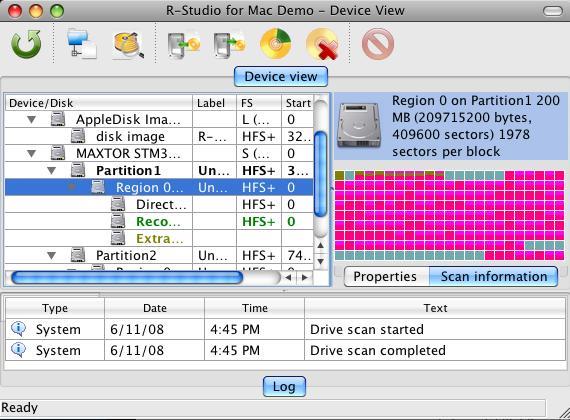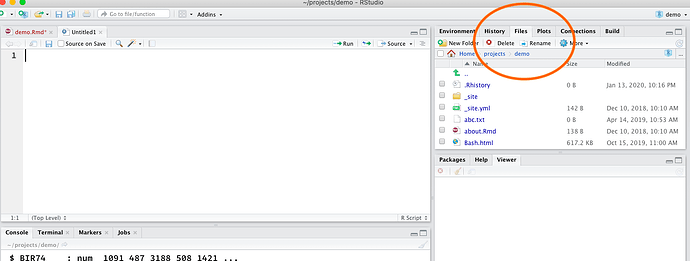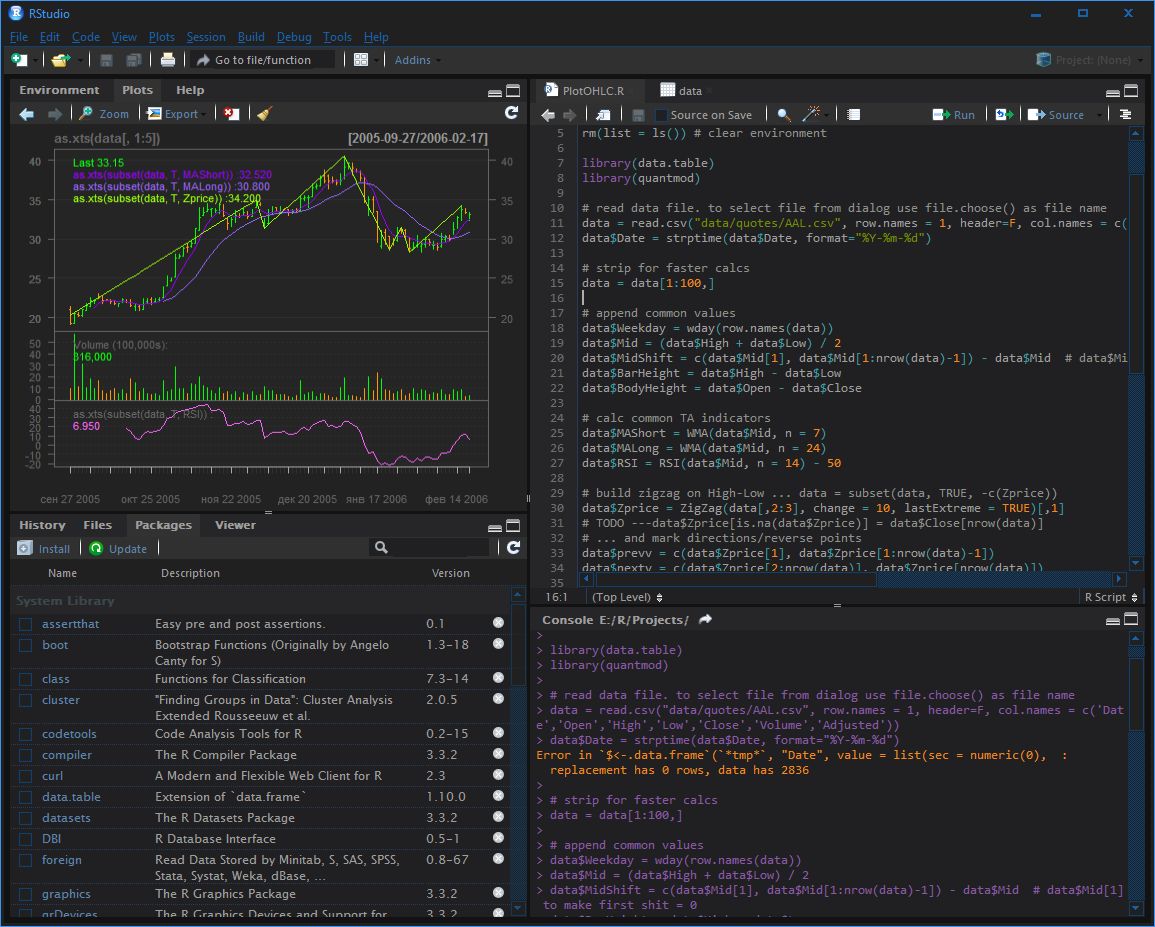

You can switch 3.3 out with whatever version you want as long as it’s listed as being installed on your Mac when you run the ln -l command I gave above. For example the following command will make RStudio use the version of 3.3 that’s on my Mac. I prefer to use the symlink method using the ln -s command.

I haven’t tried this yet so can’t speak to how or whether it works. To change which version of R RStudio uses you can use the RSwitch utility (found here).
R STUDIO ON MAC INSTALL
The output of this command should be a list of the R versions on your system, assuming you install R to the default location. Ls -l /Library/Frameworks/R.framework/Versions/ To see what versions of R are installed on your Mac, open terminal and run the following command:
R STUDIO ON MAC UPDATE
NOTE: When you update R, the older versions are not deleted, so you can have different versions of R installed side by side on your system. To be double sure you can click on Help -> Check for Updates to make sure you’re on the latest version of RStudio. Once it’s downloaded, drag it into Applications folder (that’s how it is at the time of this posting) and allow it to replace your existing RStudio version.
R STUDIO ON MAC DOWNLOAD
To update RStudio, go to the RStudio website and download the latest version for Mac. You can manually change what version of R your RStudio is using at any time. When you restart RStudio or R Console it should automagically detect and use the new R version. To update R, go to CRAN and download the latest version and run the install. Of course to check what your R Studio version is you just need to click on the Help menu item and then click on “About RStudio”.
R STUDIO ON MAC PATCH
Minor – the minor version number, including the patch level The two main things you’re looking for when you run R.Version() are: You can also run the following command in the R console or in RStudio which will give you a lot more information: You can either just look at the top comment when you load R Console or R Studio: T’s important to first check the R version. Alas, I needed to update R to the latest version, and in the process decided to update RStudio as well. Installation of packages is a topic for another webpage Installing Packages on RStudio Desktop.Because R and R Studio don’t necessarily warn you when they need upgrading, I had to figure it out myself when I started getting some weird bugs running assignments during an R class.

Packages extend the functionality of R and provide a mechanism of sharing code. Double click the installer and follow instructionsĪ word about Packages for RStudio Desktop On the Mac, you will find the RStudio-1.3.959.dmg installer in the Downloads folder. As of April 2020, that is version 1.3.959. If you have the latest version, omit steps 2 and 3 and move on to the next section.ĭownload the free version of RStudio Desktop. On the Mac, launch RStudio Desktop from the Applications folder and Check for Updates under the Help menu. If you already have RStudio Desktop, check that it is the latest version. Double click the installer and follow instructions. On the Mac, you will find an installer file with name something like this R-4.0.0.tar or R-4.0.0.tar.gz in the Downloads folder.


 0 kommentar(er)
0 kommentar(er)
